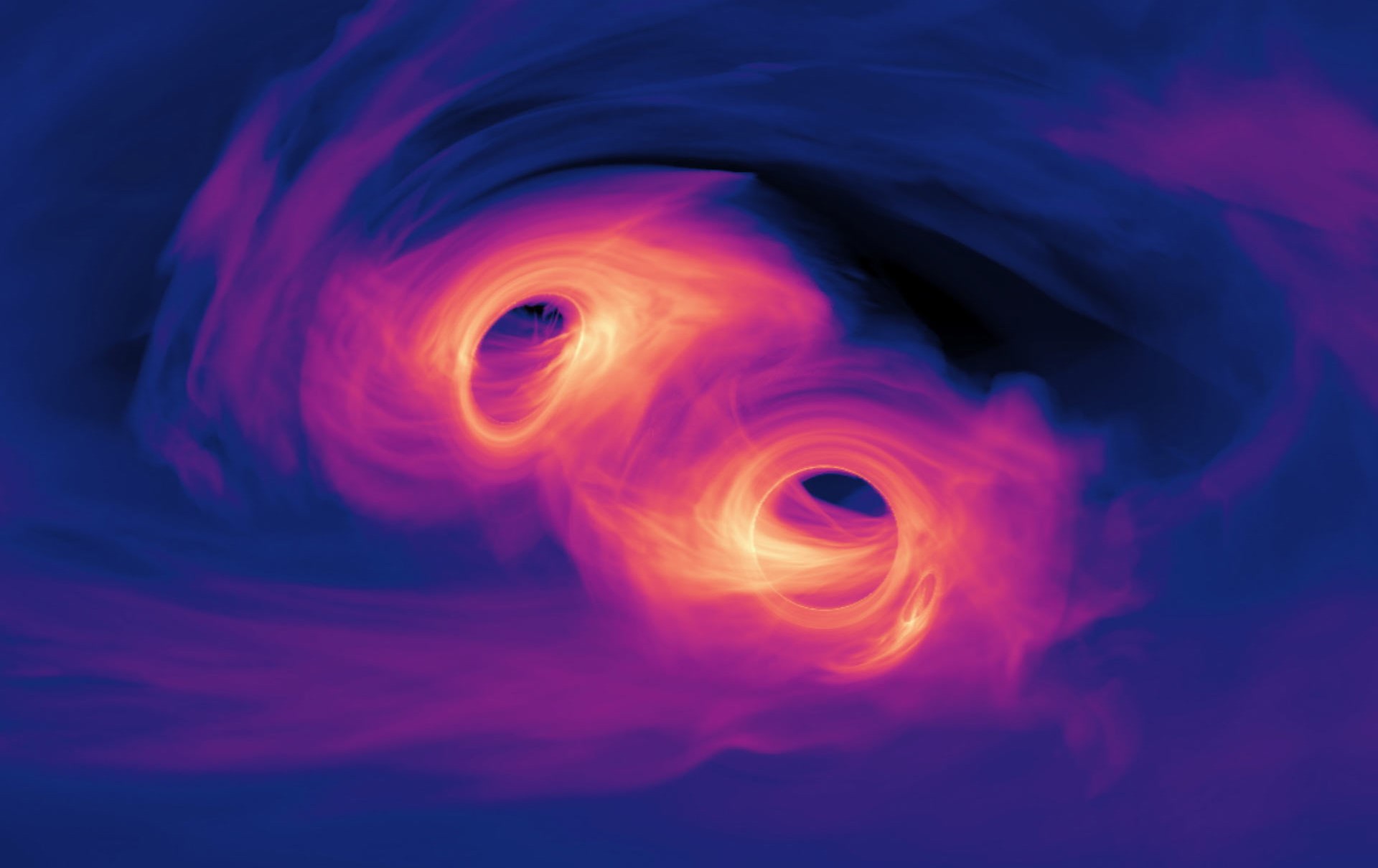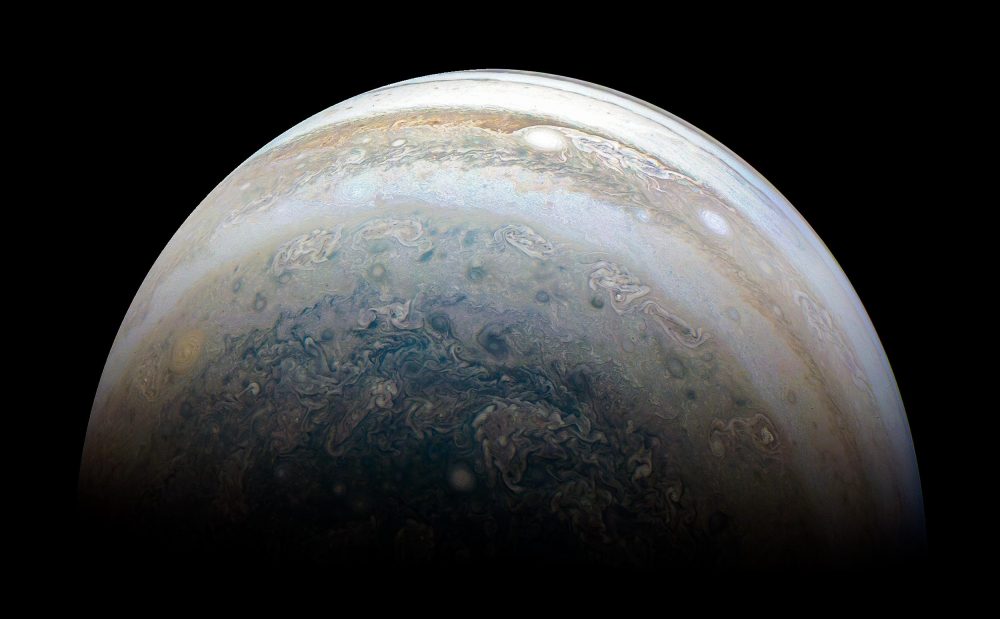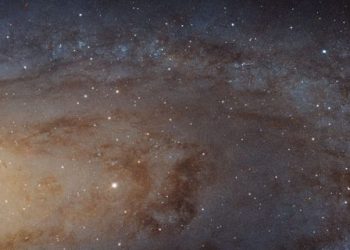Scientists have uncovered fascinating new insights into the universe’s structure by analyzing gravitational waves emitted from black-hole mergers. Using data from Advanced LIGO and Virgo detectors, the study, published in Physical Review Letters, delves into the phenomenon of mirror asymmetry and its implications for our understanding of spacetime.
Exploring the Universe’s Symmetry Through Gravitational Waves
At the core of this groundbreaking research is the Cosmological Principle, a cornerstone of modern cosmology. This principle asserts that, when viewed at a large scale, the universe is isotropic and homogeneous, meaning it should appear the same regardless of the observer’s location or perspective. Crucially, this implies the universe lacks a preference for objects spinning in one direction over the other, a phenomenon referred to as “mirror symmetry.”
Albert Einstein’s General Theory of Relativity provides the theoretical foundation for this work, describing how massive celestial events—such as black-hole mergers—generate gravitational waves. These ripples in spacetime travel at the speed of light, carrying vital information about the events that produced them. Like light waves, gravitational waves can exhibit polarization, displaying a rotational preference that is either clockwise or counterclockwise.
Some black-hole mergers, especially those involving precessing orbital planes, can create an imbalance in these polarizations, effectively breaking mirror symmetry. This study set out to determine whether these asymmetries persist on a universal scale or average out as the Cosmological Principle predicts.
The Soccer Analogy: Simplifying Cosmic Concepts
Lead author Juan Calderón Bustillo from the Instituto Galego de Física de Altas Enerxías (IGFAE) offers a relatable soccer analogy to explain the concept.
“When a soccer player kicks a ball with the inner side of their foot, it spins in one direction, while using the outer side produces the opposite spin. Most players prefer the inner side for better control, creating a natural asymmetry,” Bustillo explains.
Similarly, gravitational waves could display such asymmetry if mirror symmetry in the universe were broken.
Surprising Results and Their Implications
The research team analyzed gravitational waves from 47 black-hole mergers and identified three key findings:
- Validation of the Cosmological Principle
The study found no net polarization bias across the observed data, supporting the Cosmological Principle. However, co-author Dr. Nicolas Sanchis-Gual of the University of Valencia noted that the sample size was limited, leaving room for further exploration. - An Outlier That Defies Symmetry
One specific merger, known as GW200129, conclusively broke mirror symmetry. This system’s precessing orbital plane aligns with theoretical predictions. Intriguingly, the researchers estimate that at least 82% of the studied mergers likely exhibit similar asymmetries, suggesting that precessing orbital planes may be more common than previously thought. - Quantum Gravity Connections
Co-author Dr. Adrian del Rio of the University Carlos III of Madrid highlighted the implications for quantum gravity. Mirror-asymmetric mergers like GW200129 may emit polarized photons through mechanisms akin to Hawking radiation.
“Our findings suggest that gravity might contain hidden mechanisms driving these asymmetries,” del Rio noted. This breakthrough could also offer insights into unresolved mysteries such as the Hubble Tension, a discrepancy in measurements of the universe’s expansion rate.
This study represents a significant leap forward in understanding the universe’s underlying symmetries. By leveraging gravitational wave data, researchers are opening new avenues for exploring the intricate mechanics of spacetime and the forces that govern it. Future studies will undoubtedly expand on these findings, offering deeper insights into the universe’s enigmatic nature.
Join the Conversation!
Have something to share or discuss? Connect with us on Facebook and join like-minded explorers in our Telegram group. For the latest discoveries and insights, make sure to follow us on Google News.









![On November 25, 2024, a Long March-2C rocket successfully lifted off from the Jiuquan Satellite Launch Center in northwest China, carrying two advanced satellites into orbit. The launch occurred at 7:39 a.m. Beijing Time, placing the Siwei Gaojing-2 03 and Siwei Gaojing-2 04 satellites into their designated trajectory. [Photo/Xinhua].](https://curiosmos.com/wp-content/uploads/2024/11/Chinese-Satellites-350x250.jpeg)

